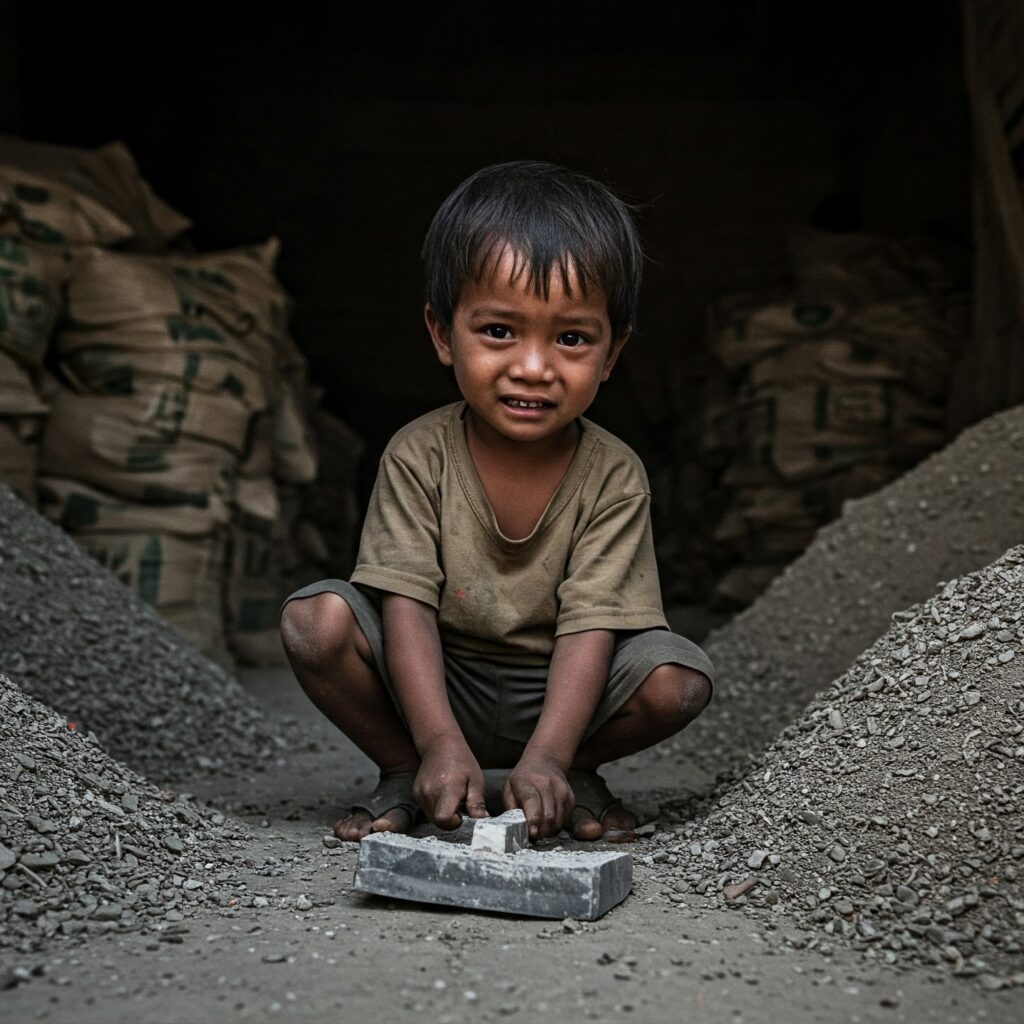Child labor remains one of the most pressing social issues worldwide, depriving millions of children of their childhood, education, and a safe future. Despite global efforts to eliminate child labor, it continues to exist due to poverty, lack of awareness, and inadequate enforcement of laws. Understanding its impact and taking collective action is crucial to ensuring a brighter future for children.
1. The Harsh Reality of Child Labor
Child labor involves children engaging in work that is mentally, physically, socially, or morally harmful. It prevents them from attending school, affects their physical and emotional health, and traps them in a cycle of poverty. Common sectors where child labor is prevalent include:
Agriculture
Factories and manufacturing units
Domestic work
Street vending and begging
Mining and construction
2. The Impact of Child Labor
The consequences of child labor are severe and long-lasting, including:
Loss of Education: Working children often miss out on schooling, reducing their chances of breaking free from poverty.
Health Issues: Exposure to hazardous environments, long working hours, and lack of medical care lead to serious physical and mental health problems.
Emotional and Psychological Trauma: Many child laborers face abuse, exploitation, and a loss of childhood joy, leading to emotional distress.
Economic and Social Impact: Societies with high child labor rates often experience lower literacy levels and slow economic development.
3. How We Can Stop Child Labor
Eliminating child labor requires a joint effort from governments, communities, organizations, and individuals. Here’s how we can contribute:
A. Strengthening Laws and Enforcement
Governments must strictly enforce child labor laws and penalize those who exploit children.
Ensuring free, compulsory education can keep children in schools and away from work.
B. Economic Support for Families
Poverty is a major cause of child labor. Providing financial assistance, job opportunities, and skill training for parents can reduce their reliance on child labor.
Promoting fair wages for adults ensures families do not have to depend on their children’s earnings.
C. Raising Awareness
Educating communities about the harmful effects of child labor can encourage them to report and prevent it.
Schools, NGOs, and media should work together to spread awareness and provide support to affected children.
D. Encouraging Ethical Consumerism
Consumers can make a difference by supporting brands and businesses that follow ethical labor practices.
Boycotting products made using child labor sends a strong message to industries.
E. Supporting NGOs and Child Welfare Organizations
Many organizations work tirelessly to rescue and rehabilitate child laborers. Supporting these efforts through donations or volunteer work can bring meaningful change.
Conclusion
The fight against child labor requires collective action, determination, and compassion. By advocating for stronger laws, ensuring education for all, and creating economic opportunities for families, we can help break the cycle of exploitation. Every child deserves a childhood free from labor, filled with learning, play, and the hope for a better future. Let’s work together to make that a reality.
